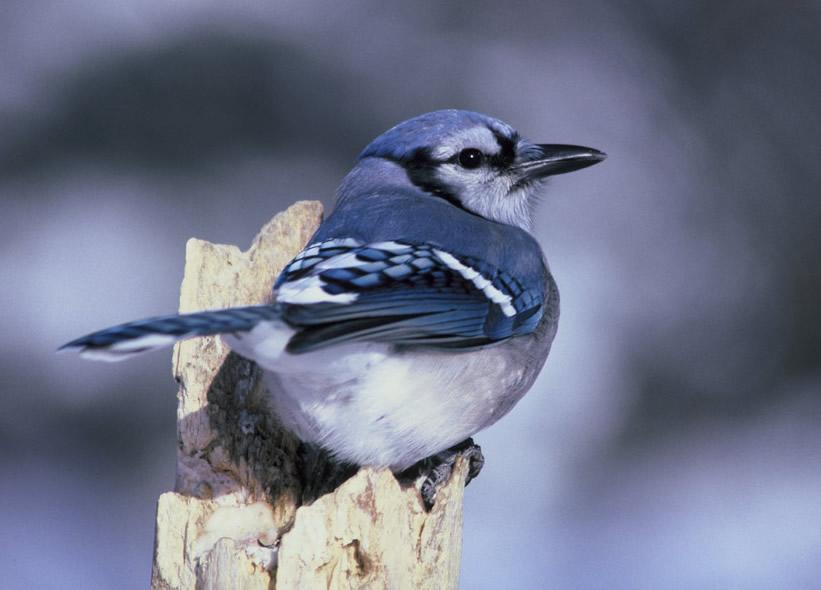If you are a wild bird watcher who has, after a lot of hard work and preparations, managed to attract wild birds in your backyard, your biggest concern might be regarding their safety, as these tiny birds are extremely vulnerable to threats and could be killed within a matter of seconds.
Once a wild bird gets killed in your backyard, other wild birds might leave to never come back again as they have classified your area as an unsafe place. Many think of this problem even before the birds start coming to their backyard and take a lot of measures to make sure that the birds would be safe when they arrive.
Today we will be talking about the different types of wild bird predators that might roam your garden and decrease the bird population there. The wild birds that appear as tiny, adorable creatures to you are nothing but food for these predators.
These predators could come from anywhere – from land, air, branches, etc. The wild birds also are aware of their status as prey in front of these predators and therefore they always look carefully for these threats and distance themselves as much as they can.
The wild bird feeder or the treehouse that you have installed for these little birds also acts as a beacon for bird predators who keenly monitor the activities all while waiting for the right opportunity to kill and eat them.
If you are not already aware of the different types of predators that feed on your little wild birds, then it is high time you do. Some of the predators on this list might even shock you as they might have an innocent impression on you. So, let us look at some of the bird predators that could easily hamper your bird-watching experience.
Bird predators
The various bird predators that could be or enter in your backyard are-
Snakes
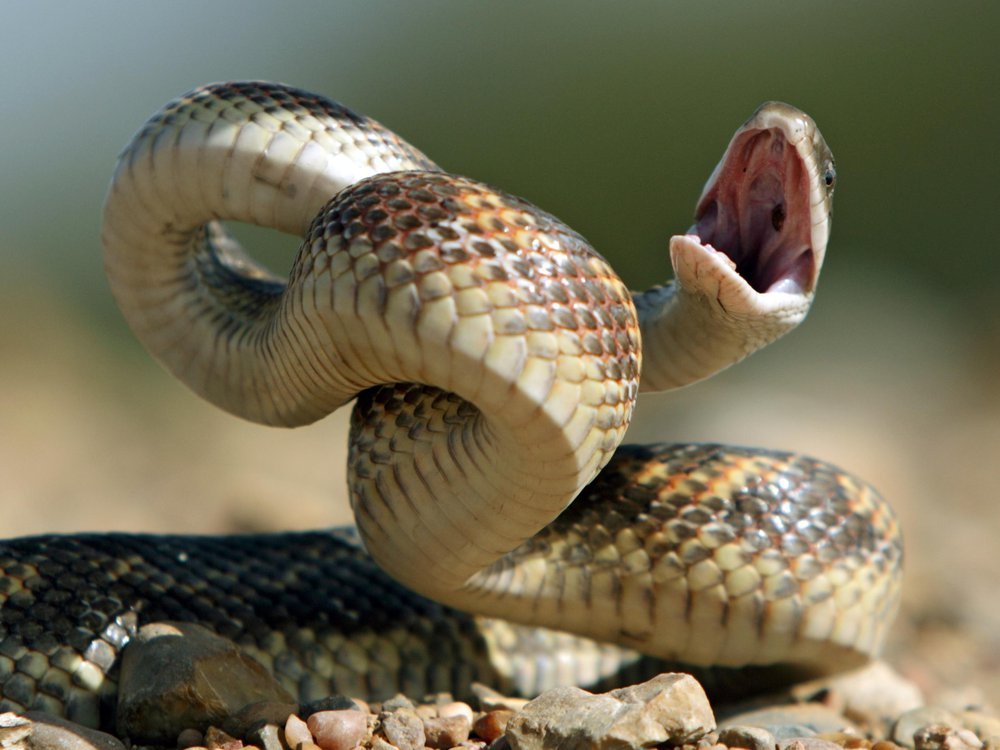
Some of you might be surprised to know that a snake might enter your backyard. But that depends on the area and the state you are living in, more than anything. These cold-blooded reptile animals are very infamous among humans and are known to be harmful to most of the animals out there (Well who likes a poisonous animal anyways).
Snakes are one of the most dangerous predators on this planet, as they can straight-up swallow animals that are bigger than themselves. It also has fast reflexes making it even more dangerous.
These creatures are one of the biggest threats for your wild birds as they can ruthlessly kill all the wild birds in your backyard. They can easily climb up the trees to eat the eggs and young birds from the nest.
Even the smallest of the snakes are capable of preying on wild birds. There is nothing more disturbing than seeing your adorable little birds getting killed and then devoured by these unwanted guests and you should immediately call the local authorities when you spot them in your backyard.
Insects
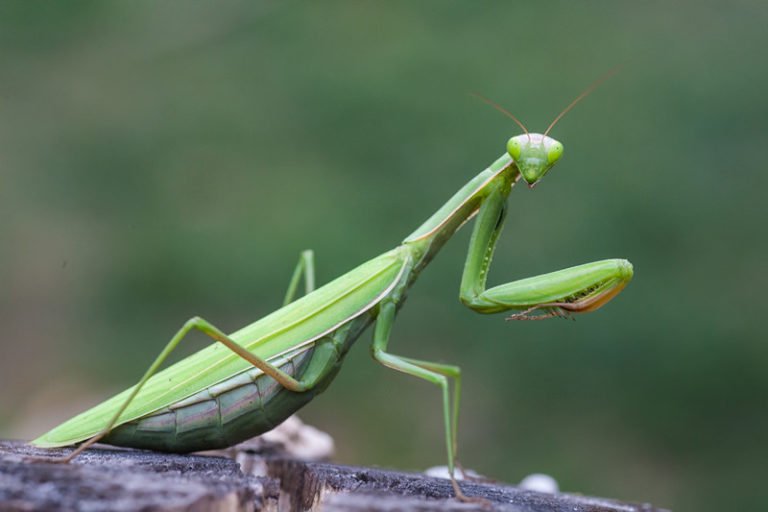
Birds are generally believed to prey on insects, but the world is a strange place and the insects which are supposed to be the prey could also hunt the birds. The praying mantis is very infamous when it comes to bird predator insects.
These green insects easily camouflage in the environment and are not seen by the birds allowing them to attack suddenly and kill the birds. Praying mantis is one of its kind insects as it can be seen sitting still for hours monitoring its prey, just to look for the right moment when it can lay an attack on the bird.
Praying mantis are even more dangerous because of their flash speed which allows them to make quick and repeated attacks, that the bird could never have foreseen. These insects could be sitting on the branches of the trees or the bird feeders as they are already aware of where they can find their prey.
So, if the birds in your yard are decreasing in number or getting killed then do not just look for the big creatures to blame for this as it might be these small insects all along. It is not just praying mantis that is a treat for your birds, but many other insects like the giant tarantula or the army of mites or ants could kill the birds in your backyard.
Domestic and Feral Cats
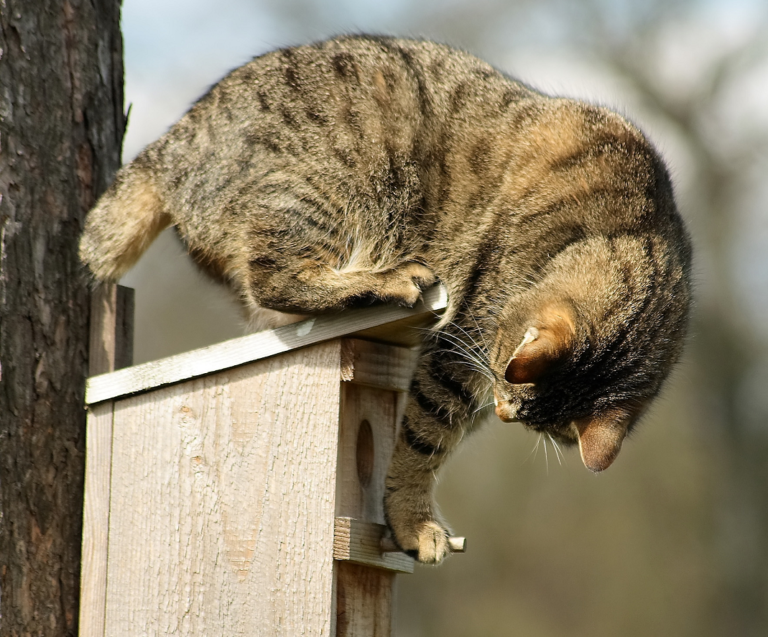
You are looking at the most infamous creatures when it comes to saving wild birds in your garden. Cats are the biggest predators when it comes to preying on wild birds. They are very agile and have strong and flexible bones and muscles which allows them to go leaps and bounds to find so enjoy feeding on wild birds as they are easily available in your backyard.
These cats do not have to be wild or undomesticated cats, even the domesticated cats are responsible for killing the birds in your backyard. This shows that the wild nature of cats cannot be eliminated by simply taming them.
Sometimes the situation is so bad that people must quit their bird watching hobby. Cats can hunt wild birds when they are flying low in the air or relaxing on the bird feeder. The birds and their young ones are not at all safe if the cat manages to find out the nest of the birds.
The best solution to this problem is locking your kitten inside during the hours when birds arrive and asking your neighbors to do the same.
Squirrels
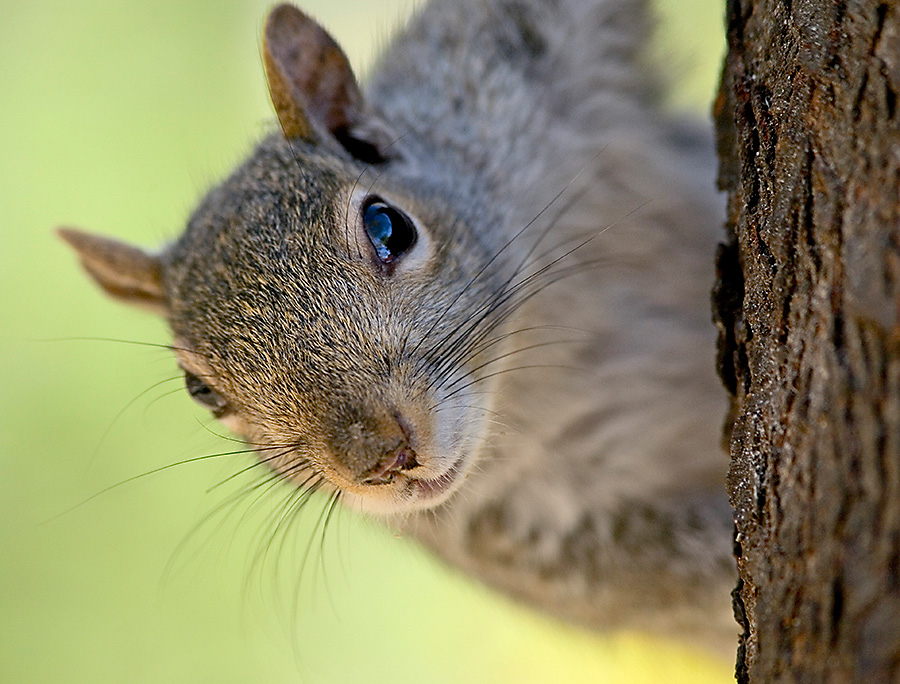
Though these creatures appear to be herbivores as they usually eat nuts, it is not the case. These aboriginal animals are also a very big threat to wild birds. Do not go by their cute look as they are very vicious little creatures who do not waste an opportunity of feeding on small birds and their eggs when it comes.
They use their quick speed to their advantage and hunt down the birds like anything. Because they are aboriginal, they are aware of the locations of the bird’s nests and the birdhouses. They also keep a watch over the bird feeder as it is one of the primary sources of getting birds.
Squirrels eat the eggs of the wild birds and their young ones. If you are a bird watcher then squirrels are your biggest nightmares. These creatures are present in abundance in your backyard, and you cannot simply get rid of them, which makes saving the birds even harder.
Birds

It would be hard to digest that birds would be praying on one of their kinds, but it is not at all a big deal as big carnivorous birds are known to feed on small birds. Birds like hawks, eagles, owls, etc are big enough to hunt small animals and small wild birds are nothing compared to that.
These birds could be seen chasing the small birds or busting the nests of these creatures to feed on their eggs or their young ones. They are easily able to find and monitor these small birds from the air.
These birds are very strong creatures, and the small birds do not even stand a chance of struggling in front of them. They are very fast and could dash towards their prey at unimaginable speeds, so and so that it is difficult to react even when the prey has seen them beforehand.
These birds are smart. If they are unable to spot the tiny birds, then they would look for the colorful birdhouses and bird feeders as they know that the prey would die or come to these places.
Plants
Normally plants are no threat to birds, but there are some plants like the pitcher plant or the Venus flytrap which are carnivorous and prey on small birds and insects. You might not be having these plants in your backyard, but it would be foolish not to mention them when talking about bird predators.
Small birds, like the hummingbird, are attracted towards the nectars of the plants, and plants like Venus flytrap and pitcher plants use this sweet liquid to attract these birds. The liquid has a dense aroma, which appeals to the birds and compels them to feed on the liquid.
This liquid is also sticky which causes them to get stuck in the pitcher and after a lot of struggle they die, the bird is then digested by the plant using digestive enzymes. In the case of a flytrap, the trap is closed with the bird remaining within it. This way these plants become bird predators for the sake of nourishment.
Frogs
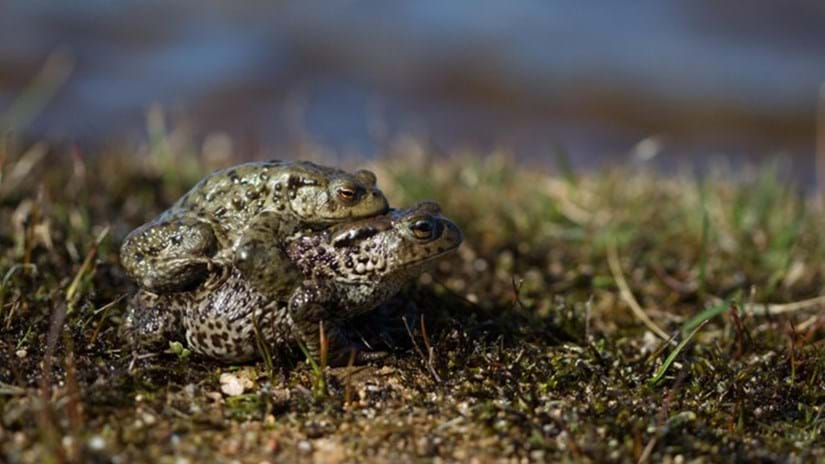
Frogs are also one of the many bird predators that you could find in your backyard. They have a long sticky tongue that they use to catch their prey from a distance. They can easily catch and eat a small bird if it comes near the range of its tongue.
Its big mouth allows it to engulf the whole bird all at once, giving the bird no chance of fighting back. It struggles inside the frog’s mouth for a few minutes and then eventually dies and becomes a meal for the frog. They will come to your backyard mostly in the rainy season as it likes the moist weather.
Now that we are aware of the different kinds of bird predators in our backyard, it is now time for us to look at the measures that we can take to prevent them from killing wild birds. Let us look at all the different ways we can do so.
How to Protect Wild Birds from Bird Predators?
Protecting wild birds from their predators is very important if you want the frequent traffic of birds to your garden.
Keep Your Cat Inside
Cats, as already discussed, are one of the biggest threats for your little birds, and to make sure that they are safe, keep your cats inside the house when they are not under watch. Take them out only when you are there to make sure they are not preying on the birds. Also, ask your neighbors to do the same with their cats.
Putting Bird Feeders High Above the Ground
Cats are excellent athletes, and they can jump more than twice the length of their body. Keeping this in mind, never place a bird feeder near the ground as the cats may easily feed on the birds. Make sure that the feeder is at least 4-6 feet high above the ground.
Scare Devices
Can use certain electronic devices that can help scare away the cats like ultrasonic cat repellents and many more. other devices sprinkle water when they sense any motion around it and this could help in the case of cats and other predators.
Hot Pepper
Not interested in spending money on scare devices then you can use certain conventional methods like using hot pepper around the birdhouse which will prevent cats and other animals from sabotaging the living spaces of your birds.
Keeping Birdhouses on Top of To Prevent Them from Snakes
To prevent the threat of your birds or their young ones being eaten by a snake then you can set up the birdhouse on top of poles where the snakes have no chance of crawling up. If your place is frequently visited by snakes, then refrain from putting your birdhouse on fences or the trees as both areas are very vulnerable.
Use the Tension in Our Birdhouse to Prevent It from Birds, Raccoons, Squirrels, Etc
Very difficult to prevent squirrels and other animals from visiting your backyard. So, do not waste time doing that. Instead, you just need to make sure that your little birds are safe. By installing a small extension in front of your birdhouse, you can guarantee them that safety.
Little birds are very small as compared to the predators that want to feed upon them with the help of extension the bird and its egg would be safe inside the birdhouse as the predators will not be able to get inside.
Apply Insecticides
As we are already aware that some insects can also feed upon your birds, you should also try to prevent that from happening. And one way to do that is by applying insecticides to your garden that would kill or prevent the insects from entering your backyard. Hence no insect threat for your birds.
Conclusion
These are some of the biggest threats for your little birds and you can prevent these predators from feeding on your birds by the techniques mentioned above.
However, it does not matter how much you try, there might be incidents that you would regret, so it is always important to realize that these birds, does not matter how adorable they are, are a part of a food chain in an ecosystem and it is just the rules of this ecosystem that are being followed.
You can always prevent predators from feeding on the birds but if that ship has already sailed, you should not be depressed and quit on your hobby of bird feeding and bird watching.
Meta Description
Know the predators that can prey on your animal and learn how to curb this from happening.

